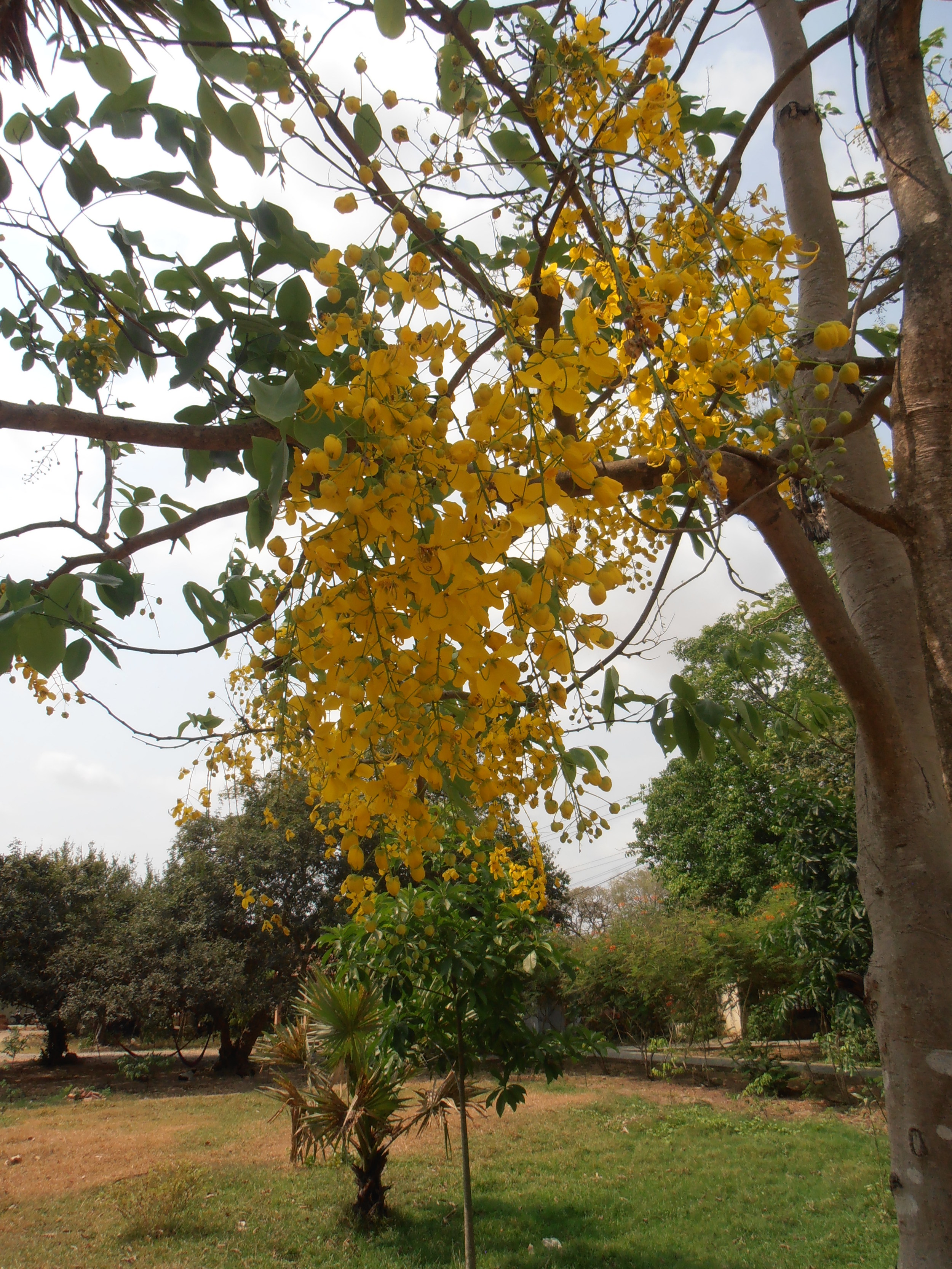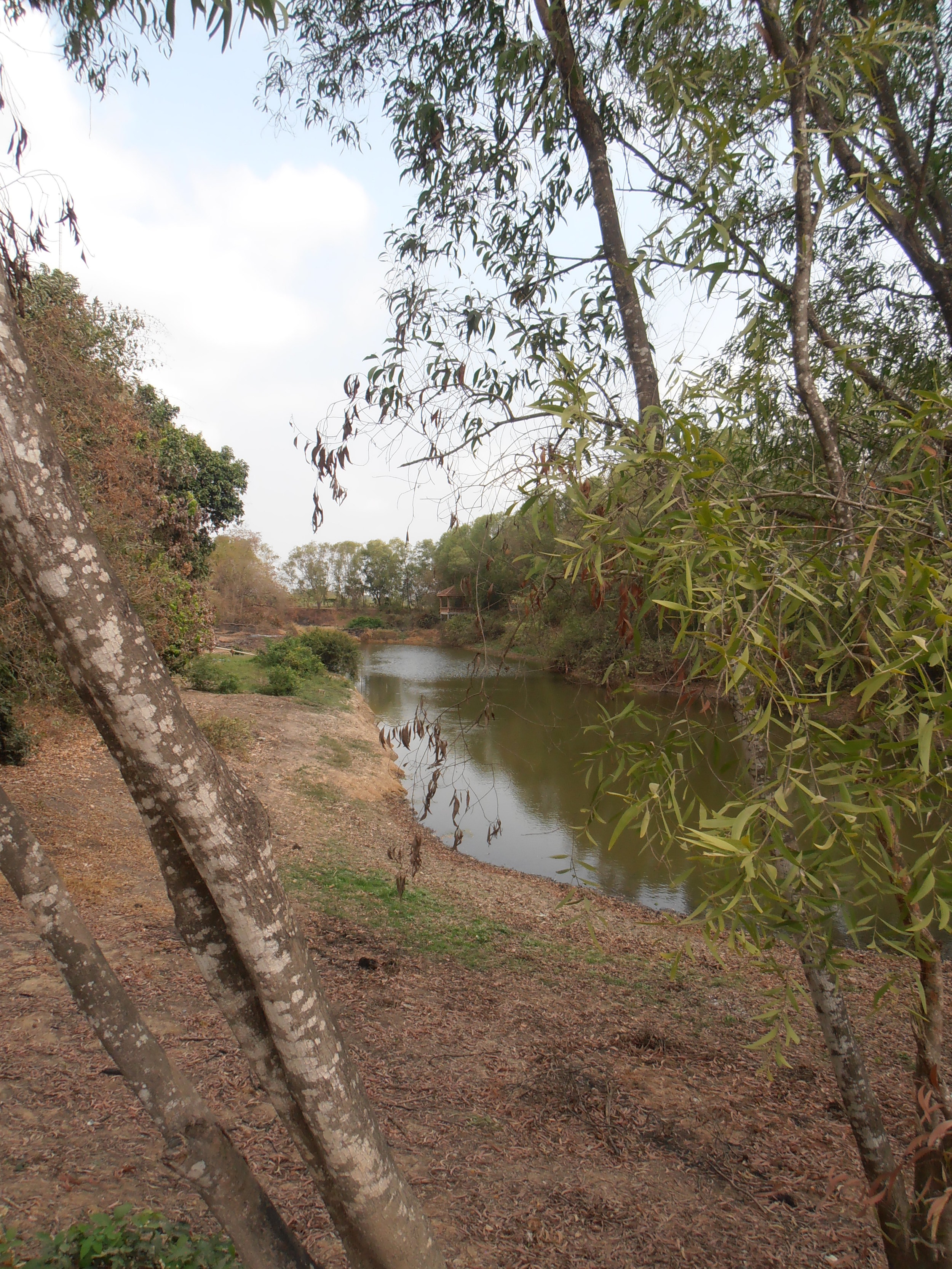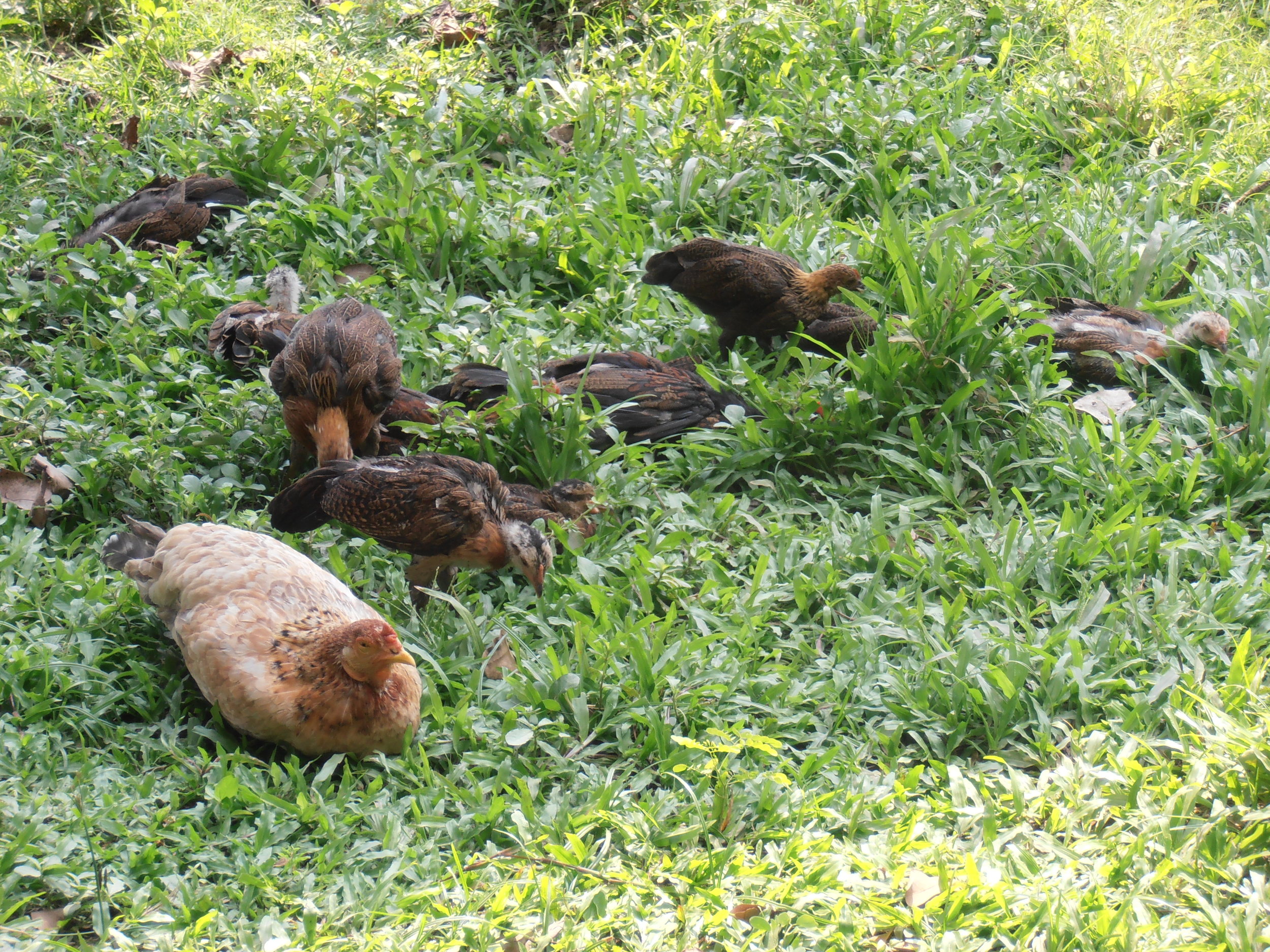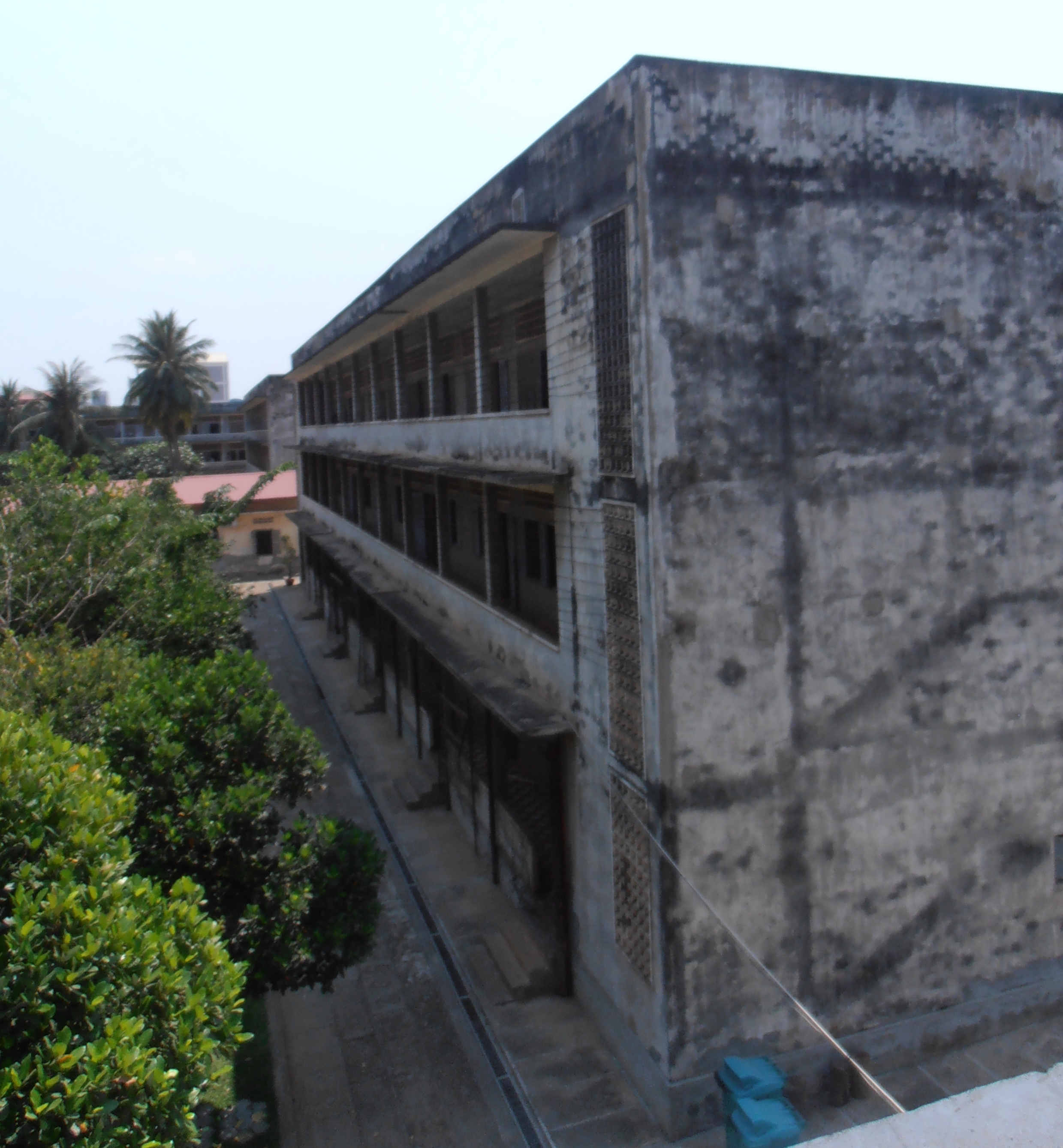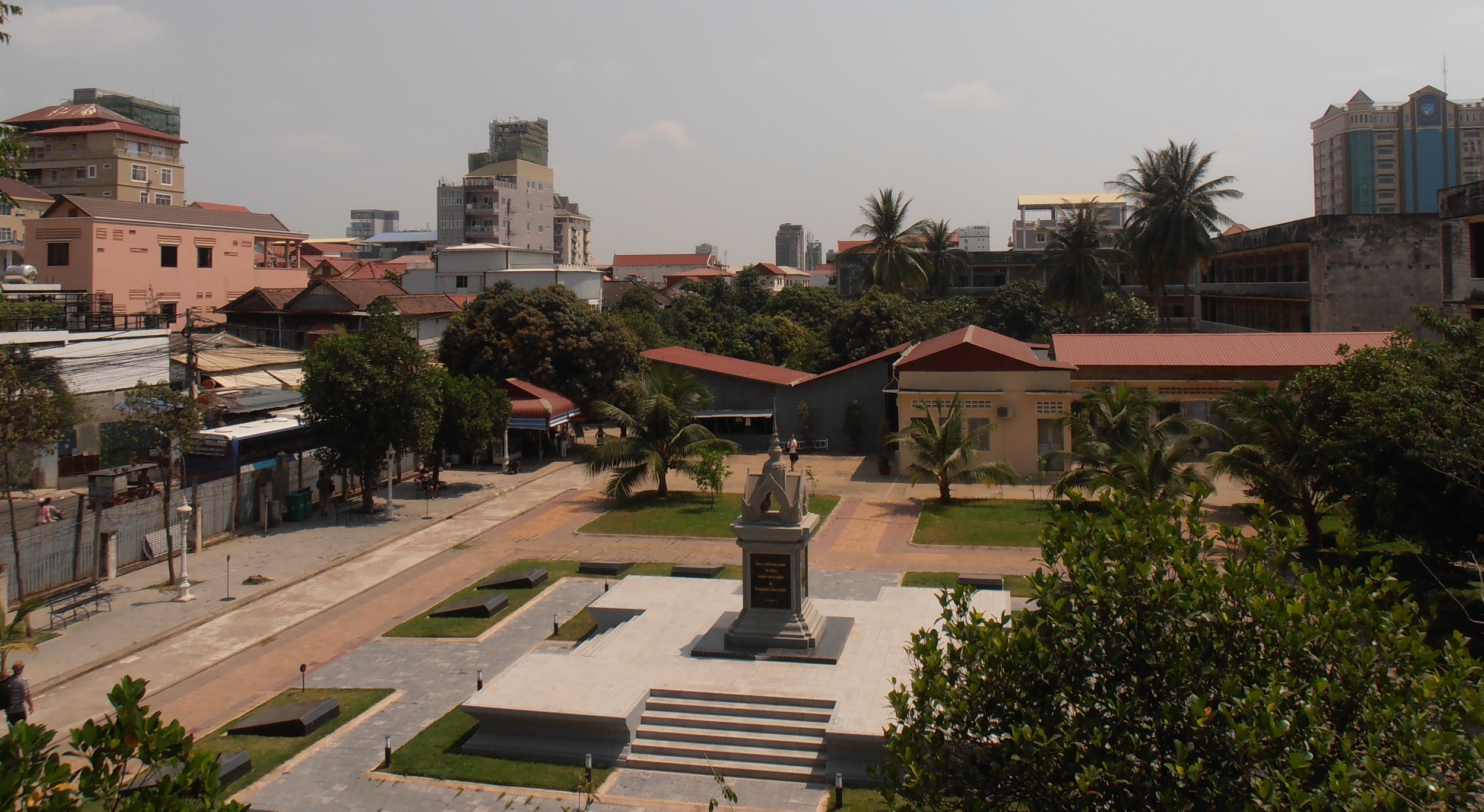A year ago, I was asked to imagine a conference that Johnson University’s School of Business and Public Leadership could sponsor. Sponsoring an event designed to educate and equip and raise awareness about the issues of human trafficking immediately came to mind. Last week, a year’s worth of planning, praying, and hard work came to fruition. I’m going to post a series of blog posts about what I learned starting with some facts!
Definition
According to the National Human Trafficking Hotline:
“Human trafficking is a form of modern-day slavery. This crime occurs when a trafficker uses force, fraud or coercion to control another person for the purpose of engaging in commercial sex acts or soliciting labor or services against his/her will. Force, fraud, or coercion need not be present if the individual engaging in commercial sex is under 18 years of age.”
Notice some key words within this definition:
Crime
Force, fraud, or coercion
Control [of] another person
Engaging in - perpetrator or pimp
Soliciting - purchasing or participating - john or purchases of online pornography, sex, etc.
Statistics
According to the Polaris Project, The International Labour Organization estimates that there are 40.3 million victims of human trafficking globally AND that this is a $150 billion industry worldwide
81% of the victims are trapped in forced labor
25% of them are children
75% are women and girls
There is no official estimate of the total number of human trafficking victims in the United States BUT according to Polaris there were >40000 cases reported in 2017. This is considered a low estimate.
Polaris further reported breakdowns in sex and labor trafficking of three types:
What I hope you see from these statistics is that human trafficking is everywhere - including the United States. It knows no boundaries in terms of socioeconomics, rural/urban, men, women, girls and boys.
If you are purchasing sex, supporting strip clubs, going to illicit massage parlors, viewing pornography or other online sex acts - you are committing a crime and contributing to human trafficking and this multi billion $$ supply/demand industry.
Worst of all is the dehumanization and objectification of us all. This is 100% preventable because it is predicated on supply/demand.
See Something Say Something - Reporting
The Department of Homeland Security has published a list of Indicators of Human Trafficking as has the United Nations Office on Drugs and Crime’s Human Trafficking Indicators . Please familiarize yourself with the indicators. If anyone you know or whom you suspect may be a victim of human trafficking, please call the National Human Trafficking Hotline. You do not have to be ‘right’ and you do not have to reveal your name, the Hotline is equipped to take information and engage with local authorities to assess possible reported cases.





